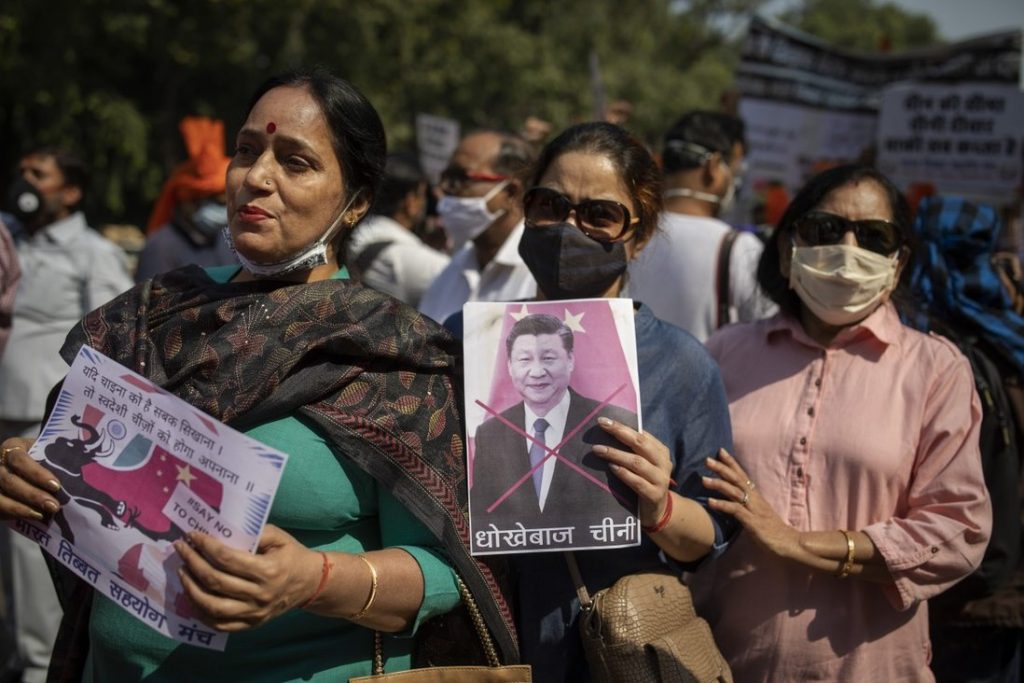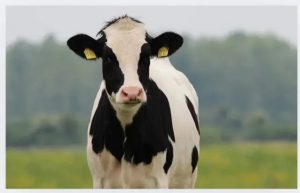Plans for a free-trade pact between Australia and India are gaining ground amid rising fears of Chinese bullying and trade coercion, analysts say, following the latest signal of support for a deal from New Delhi’s top diplomat.
Indian Minister of External Affairs Subrahmanyam Jaishankar this week confirmed talks on a possible trade deal following New Delhi’s exit from the Regional Comprehensive Economic Partnership, nearly a decade after the sides first entered negotiations on a pact. In November, India pulled out of the RCEP, which is made up of the members of the Association of Southeast Asian Nations (Asean), China, Japan, South Korea, Australia and New Zealand, following concerns the terms of the agreement were skewed in favour of Beijing. Australia and India held nine rounds of talks on a trade deal between 2011 and 2015, before Prime Ministers Scott Morrison and Narendra Modi in June agreed to restart negotiations.
“There is a discussion on a free-trade agreement, a bilateral free-trade agreement as well because, as you know, we didn’t sign the RCEP,” Jaishankar said on Wednesday at an event hosted by the Australia-based Lowy Institute.
Both Australia and India have been mired in major disputes with China in recent months that have fuelled a flurry of activity toward greater cooperation between the sides. Beijing has restricted billions of dollars of Australian exports since Canberra publicly called for an international inquiry into the Covid-19 pandemic, while Chinese and Indian troops have faced off in deadly clashes along the disputed Himalayan border.
Vinay Kaura, an assistant professor at Sardar Patel University of Police, Security and Criminal Justice in Jodhpur, said efforts to seal a trade pact served as a message to countries “looking for ways on how to stand up to Beijing”.
“India and Australia are trying to act together to ensure that their trade is not held hostage by China’s bullying tactics,” said Kaura. “With the emergence of a new ‘Cold War’, there is a strong possibility of decoupling of trade relations between China and many countries.”
Ian Hall, an academic fellow at the University of Melbourne-based Australia India Institute, said that while he believed the resumption of talks had more to do with India’s exit from the RCEP than immediate concerns about China, Australian policymakers recognised the need to diversify trade. China is by far Australia’s biggest trading partner, taking about 40 per cent of all exports. Australia’s two-way trade with India grew from A$13.6 billion (US$10 billion) in 2007 to A$30.4 billion in 2018, according to the country’s Department of Foreign Affairs and Trade, a fraction of its A$240 billion trade with China.
China-Australia trade: Beijing set to ban nearly US$400 million worth of Australian wheat imports
“It is a useful part of a multipronged strategy – that’s how I would see it,” said Hall. “Others in the works – e.g. the EU Free Trade Agreement – might deliver more in the short term.”
Purnendra Jain, a professor of Asian Studies at the University of Adelaide, described China as a “catalyst” in the countries’ deepening ties.
“After years of strategic distance, Australia and India are warming up to each other,” Jain said, adding that a deal would give Australia a “more confident partner with some possibility of diversification for Australia’s trade”.
In June, Morrison and Modi announced the start of a “comprehensive strategic partnership” that laid out increased cooperation in areas including defence, health care, education and trade.
That was followed in October by Australia’s addition to India’s Malabar naval exercises, marking the most significant upgrade in military cooperation between the sides since the 2017 resumption of the Quadrilateral Security Dialogue that also includes the United States and Japan.
“Both Australia and India have been hedging their bets on ‘congagement’ with Beijing but have lately found it difficult to sustain it,” said Swaran Singh, a professor of diplomacy at Jawaharlal Nehru University in New Delhi, referring to a policy of combined engagement and containment.
“The unprecedented spread of the pandemic, accompanied by China’s wolf warrior diplomacy with Australia and border tensions with India, have hastened strengthening of the Indo-Australian strategic partnership,” Singh said.
China and India: How economically linked are they?
Analysts, however, cautioned that sealing an Australia-India trade deal would remain a major challenge, and any agreement would be limited in scope and no panacea for deteriorating relations with China.
“India is not a substitute market for China as India’s economy is much smaller and some of the items that Australia sells to China will be a hard sell in India, especially agriculture, dairy and wine,” said Jain.
“Big obstacles” would need to be overcome by the sides, Hall said, “for example concerning agriculture, where Australia will want extensive market access and India’s farming lobby will try to resist that.”
Salvatore Babones, an adjunct scholar at the Centre for Independent Studies in Sydney, said any pact would probably be more symbolic than substantive.
“Australia wants India to deregulate its agricultural sector, which is a non-starter. India wants service sector liberalisation and the recognition of professional credentials from Australia, which are similarly challenging,” Babones said.
“From a diplomatic perspective, an Australia-India FTA would be perceived as a win for both countries, even if from an economic standpoint it were a largely symbolic deal,” he said.
















